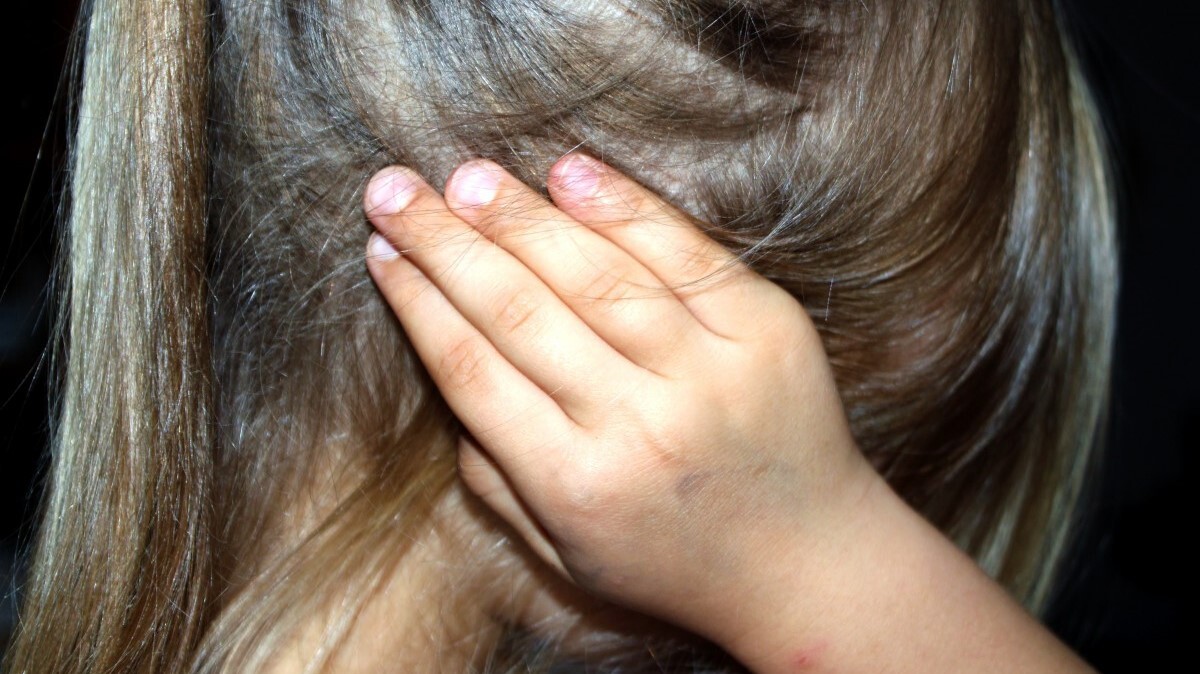The eustachian tube is about 1 1/2 inches long and connects the middle ear with the throat. | PxHere.com
The eustachian tube is about 1 1/2 inches long and connects the middle ear with the throat. | PxHere.com
• Allergies and infections are the most common causes of eustachian tube dysfunction (ETD).
• ETD might resolve on its own, but if symptoms last longer than two weeks, it's recommended to see a doctor.
• Treatment options include at-home remedies, prescription antibiotics or surgical procedures.
Dr. Matthew Blair of Gulf Coast Breathe Free Sinus & Allergy Centers said eustachian tube dysfunction can be uncomfortable and may eventually lead to more serious problems. Fortunately there are treatment options available for patients.
"If you've ever driven in the mountains or ever flown on an airplane, you can probably recall when you're going up in altitude or coming down in altitude, your ears will feel stuffy," Blair told North Panhandle News. "Then all of a sudden, your ears will pop. Well, people who have eustachian tube dysfunction, they don't get that opening and they always feel like that, even at regular altitude. It's just a plugged sensation in the ear -- and that is when the eustachian tube doesn't work."
Blair explained the treatment process a patient would experience at Gulf Coast Breathe Free.
"Over a long period of time, it can be pretty detrimental to the eardrum itself. Then what we can do in the office is the same device that we use to dilate the sinuses, we can use for the eustachian tube. We can place the balloon inside the tube in the back of the nose, which connects the ear to the nose, and we insert that balloon and leave it in there for approximately 60 seconds. And what that ends up doing is remodeling that eustachian tube so it functions better, and you get the symptom relief, and you don't experience that fullness in your ears."
The eustachian tube connects the middle ears to the upper throat, and if the tube becomes blocked, it can lead to hearing problems, ringing in the ears, balance issues, discomfort similar to an ear infection or a feeling of fullness in the ears, according to Cleveland Clinic. This condition is called eustachian tube dysfunction (ETD), and it can be caused by allergies, a common cold, the flu or chronic acid reflux. The symptoms might get worse with altitude changes, such as on an airplane or while scuba diving.
ETD frequently resolves on its own, but if symptoms last for more than two weeks, it's recommended to visit a doctor.
At-home remedies to resolve ETD include chewing gum, yawning, swallowing or using a saline nasal spray. People whose ETD has been caused by allergies could clear up their symptoms by using an antihistamine or other over-the-counter medications. People whose ETD has been caused by an infection might be prescribed antibiotics. If at-home remedies or medications do not resolve your ETD, a doctor might recommend a surgical treatment.
One option is eustachian tuboplasty, also known as eustachian tube balloon dilation. This surgery is relatively new and involves a doctor inserting a small balloon through the nasal passage into the eustachian tube and then inflating the balloon. The balloon remains inflated for about two minutes before the doctor deflates and removes it. Patients typically recover from this surgery within one day. Other surgical treatment options for ETD include myringotomy and pressure equalization tubes.
During a myringotomy, the doctor makes a small incision in the eardrum, allowing fluid to drain from the middle ear. Patients typically take need three to four weeks to recover. Pressure equalization tubes are placed by a surgeon inside the eardrum and allow for proper ventilation to the middle ear. The tubes are typically left in place for 12 to 18 months.
To learn more about the symptoms of sinusitis, allergies and ETD, take this Sinus Self-Assessment Quiz.



 Alerts Sign-up
Alerts Sign-up